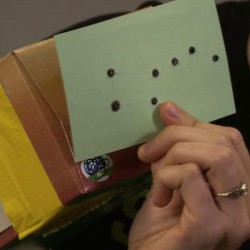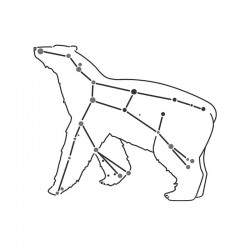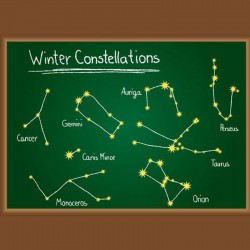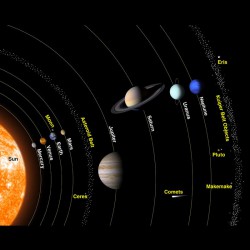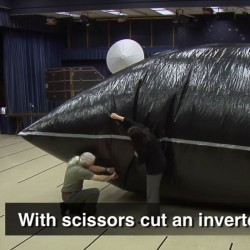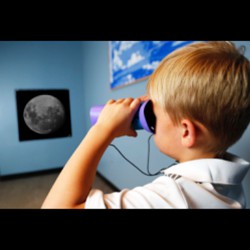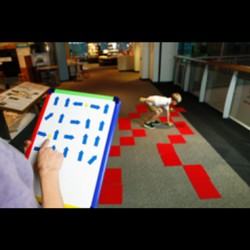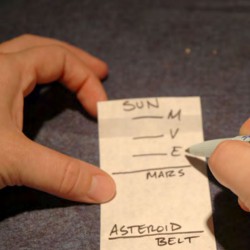Sort
Viewed items
-

Water Cycle Relay Race
Participants learn about the water...
Space Science There are 108 items.
This collection focuses on the wonders of space. Find activities about the Moon’s influence on Earth, characteristics of stars, creating a “comet”, and much more!
-
Big Dipper Star Clock
2 Review(s)Participants create a "star clock" that they can take home and use to tell the time from the posisiton of the Big Dipper in the night sky. 8850
Check It Out
How-to Video -
SciGirls Star Power
In this maker activity, participants use a shoe box, constellation template, and flashlight to shine a star pattern on a wall. An additional maker project demonstrates the importance of reducing light pollution. 0
Check It Out
How-to Video -
Sky Heroes: An Activity Reinventing the Constellations
1 Review(s)Participants celebrate their heroes by creating connect-the-dot star patterns to represent them. 1108
Check It Out
-
Constellation Detectives
This simple paper-based activity guides learners in identifying constellations such as Orion, the Big Dipper, and more. 0
Check It Out
-
Solar System in My Neighborhood
Patrons shrink the scale of the vast solar system to the size of their neighborhood. They then compare the relative sizes of scale models of the planets, two dwarf planets, and a comet as represented by fruits and other foods. 0
Check It Out
-
Make your own Planetarium
2 Review(s)In this activity, patrons will learn how ancient people related to constellations and asterisms, then use their imagination to create a star pattern and accompanying story. Library staff can have patrons draw their designs on paper or make an inflatable planetarium, in which patrons will poke out their star constellations. 3674
Check It Out
How-to Video -
Ice Orbs
Participants investigate a frozen sphere, trying to learn about objects hidden inside and comparing that process to how planetary scientists at NASA investigate "icy worlds." 0
Check It Out
How-to Video -
Objects in Motion
Participants in this activity use "orbiting" clay balls to make simple, functioning models of interacting objects in space. 0
Check It Out
How-to Video -
Hide and Seek Moon
Binoculars and a hidden object Moon poster let young participants discover how some tools can make distant objects appear closer and brighter. They also learn about how cultures around the world have viewed the Moon through books (and online pre-recorded cultural stories). 0
Check It Out
How-to Video -
Filtered Light
Use colored filters with art supplies like astromers use filters to study the universe. 0
Check It Out
How-to Video -
Mars Rovers
1 Review(s)Players acting as "Mission Control" and a "Rover" must work together to navigate a large obstacle course. 2491
Check It Out
How-to Video Teacher's Guide Provides classroom connections, key concepts, connections to science standards, and additional resources. -
Pocket Solar System
1 Review(s)Using a strip of paper, patrons construct a quick scale model of the distances between the objects of our solar system. 2007
Check It Out
How-to Video Implementation Guide Provides extensive background information, facilitation outline, materials shopping list, extended supporting media suggestions, correlations to national standards, and more.




